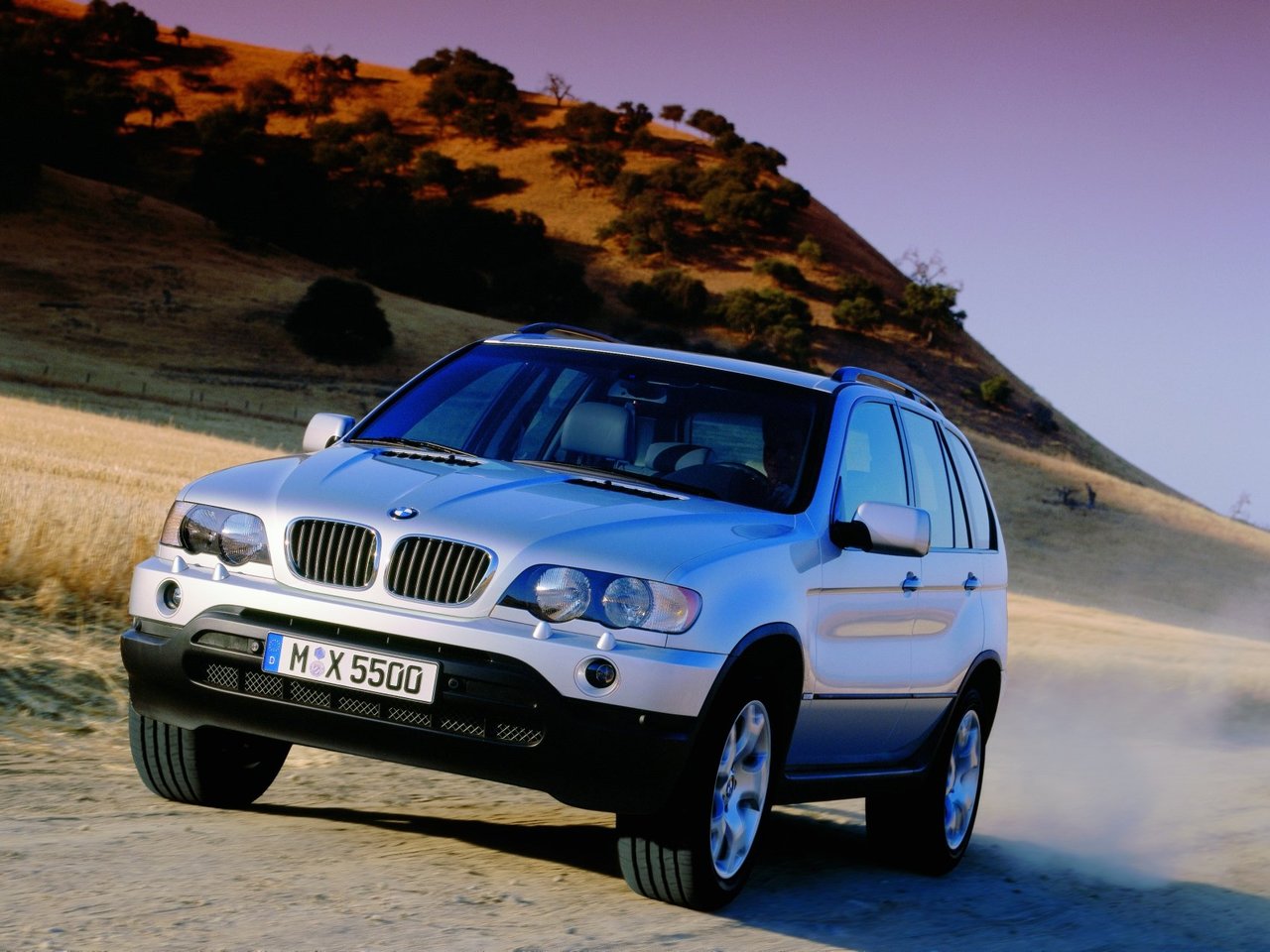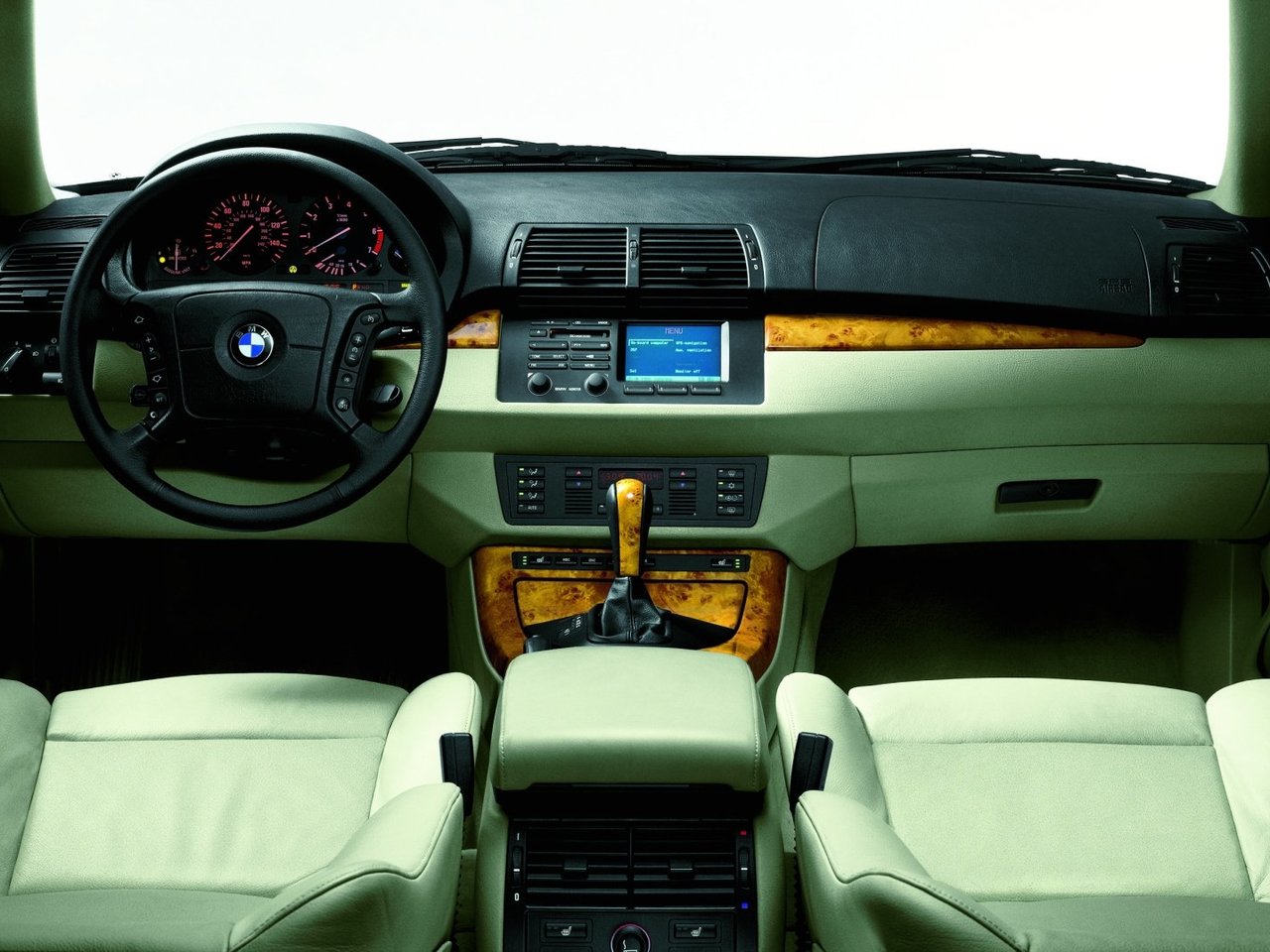
At the end of the 20th century, a new trend started in the car industry: demand for Sport Utility Vehicles (SUVs) was growing globally. The American market, especially, had a great demand for these cars. However, BMW, which was famous for its “Sheer Driving Pleasure” and sporty sedans, was still careful about entering this market. But the Bavarian company took a risk and developed a new idea: to build a vehicle that could be used on off-road terrain while keeping BMW's well-known sporty dynamics and premium comfort on the road. This is how the BMW X5 concept was born, which created a completely new segment: the Sports Activity Vehicle (SAV).

In 1994, the German company bought the Rover Group. This group included famous models like the legendary Land Rover. This deal was very important for developing the new project. BMW’s engineers learned valuable things. Their goal was to make the new and unique BMW X5 with a monocoque (unibody) construction. The main reason for this decision was to make the car as comfortable as possible to drive on any type of road.

The project was led by the clever strategist Wolfgang Reitzle. The people in charge of the E53's design were: Peter Gabath, Chris Bangle, Wolfgang Reitzle, Frank Stephenson, and Henrik Fisker. The production line was planned for the Spartanburg factory in the USA. This decision was made so that the new product could reach the American market quickly. The Bavarians spent about $750 million US dollars to develop and produce the new BMW X5. This was one of the company’s biggest and most risky investments.

On January 10, 1999, the BMW X5 had its first show at the Detroit Auto Show (North American International Auto Show). Sales began later that year. The base model cost $46,000–$49,000 US dollars in the USA. BMW's marketing campaign was based on one revolutionary message: it refused all the old rules. Their main message was: The Ultimate Driving Machine, Elevated. The focus was not on the car’s usefulness (Utility), but on its dynamics and the pleasure of driving (Activity). However, the most effective campaign was BMW's series of short films The Hire. BMW sold more than 600,000 examples of the first-generation X5 (E53). This made it one of the most profitable and successful models in the brand’s history.